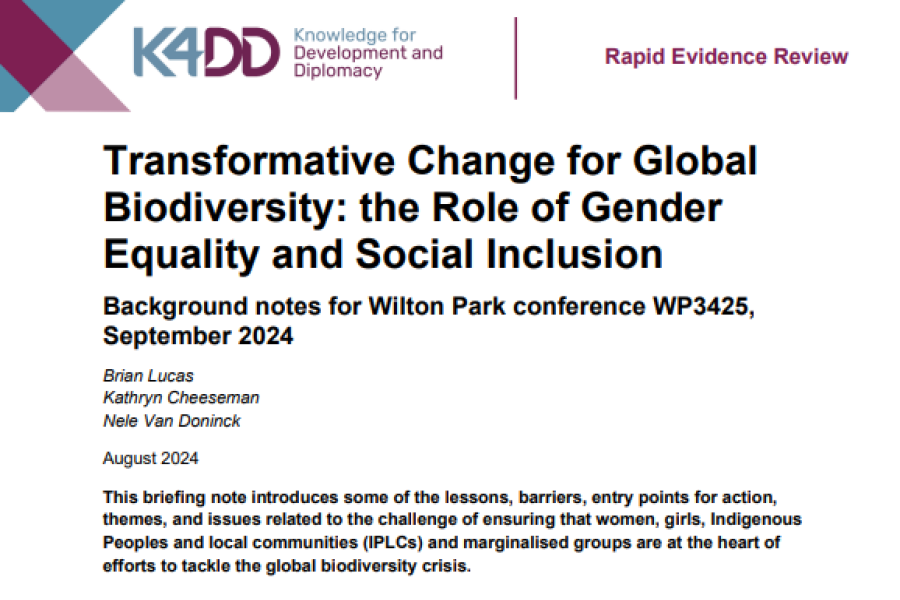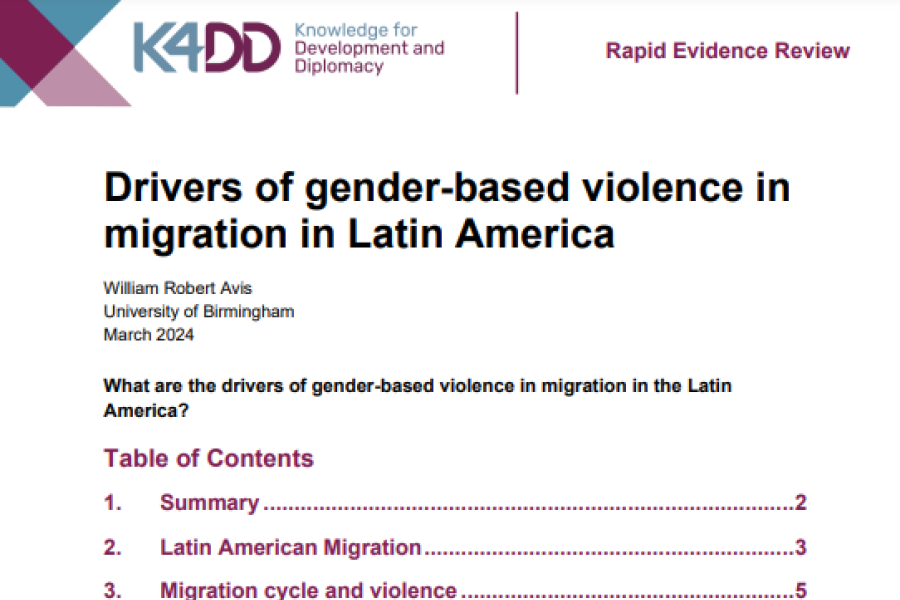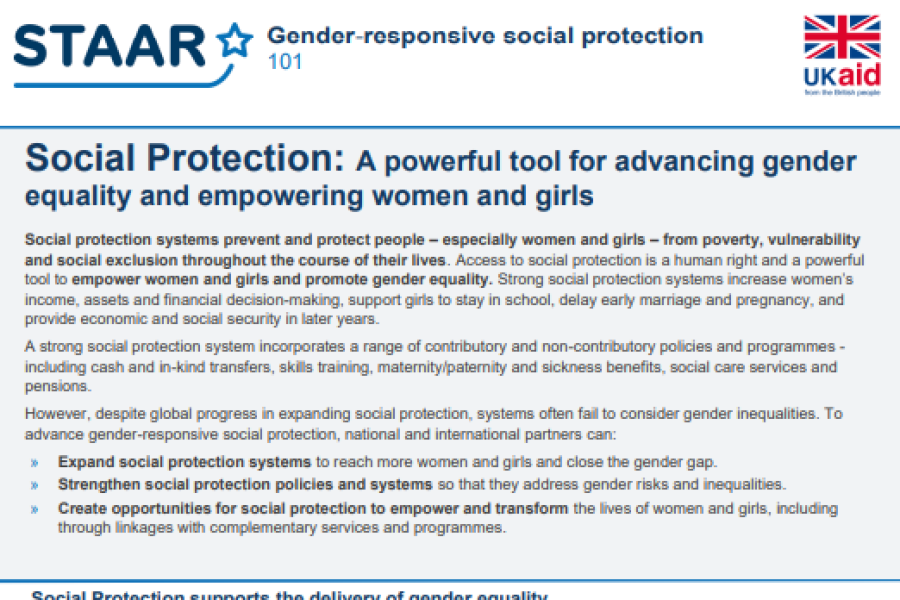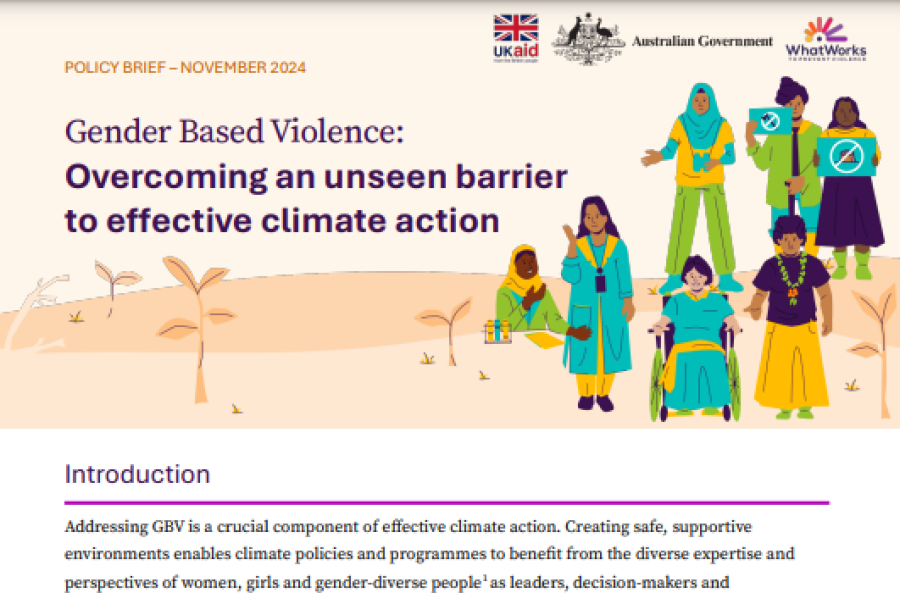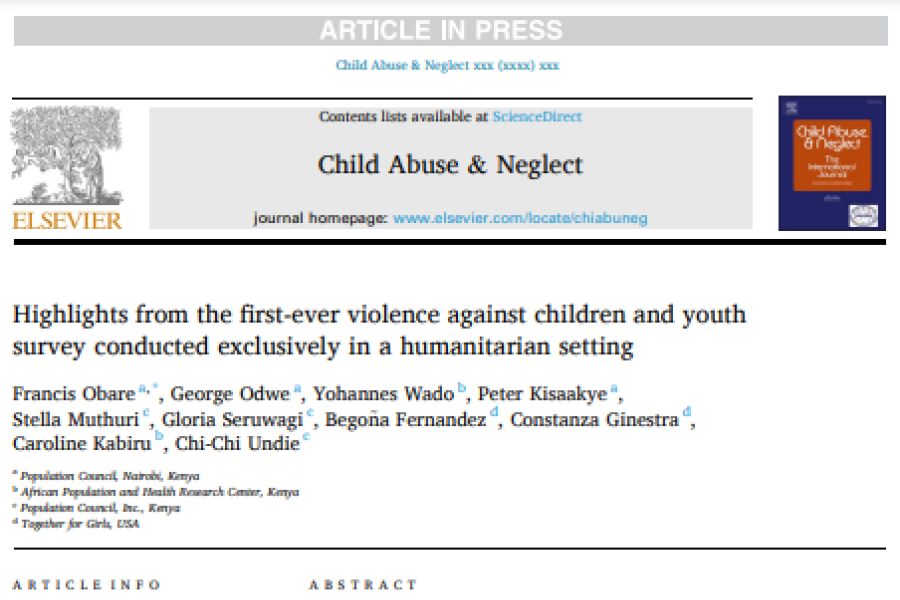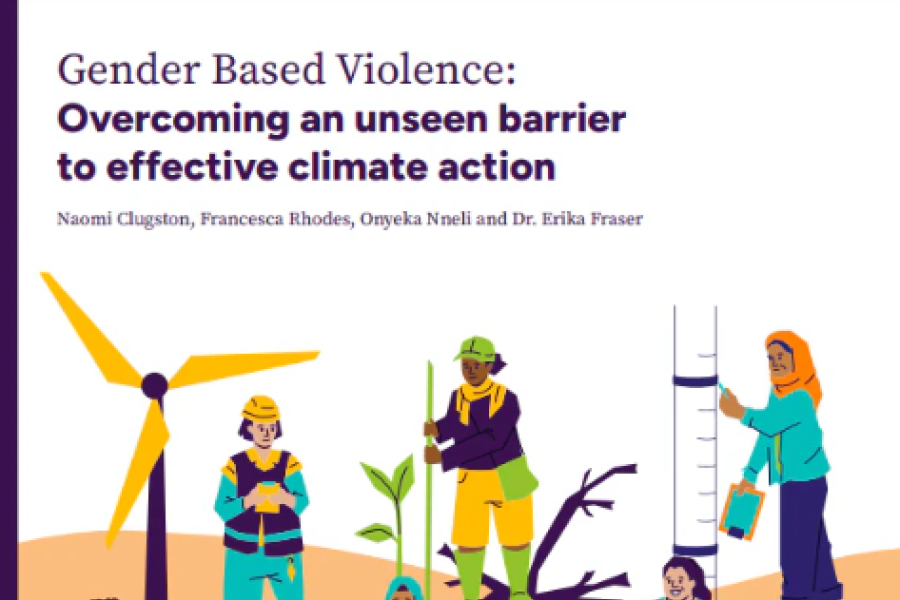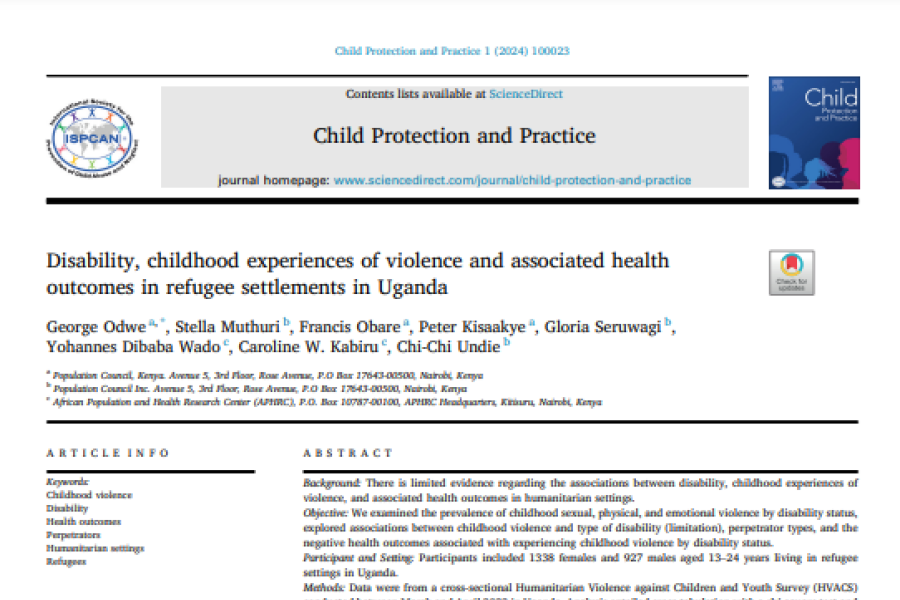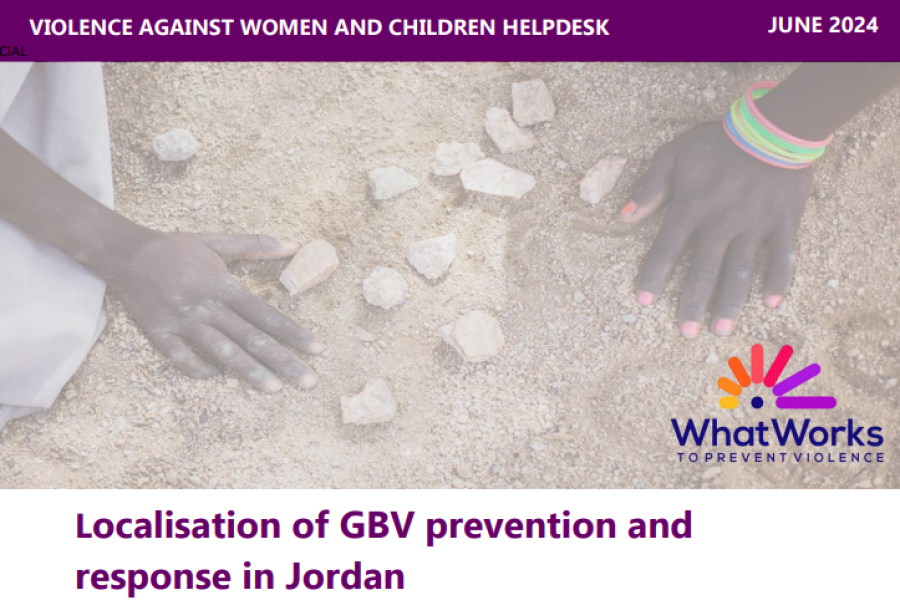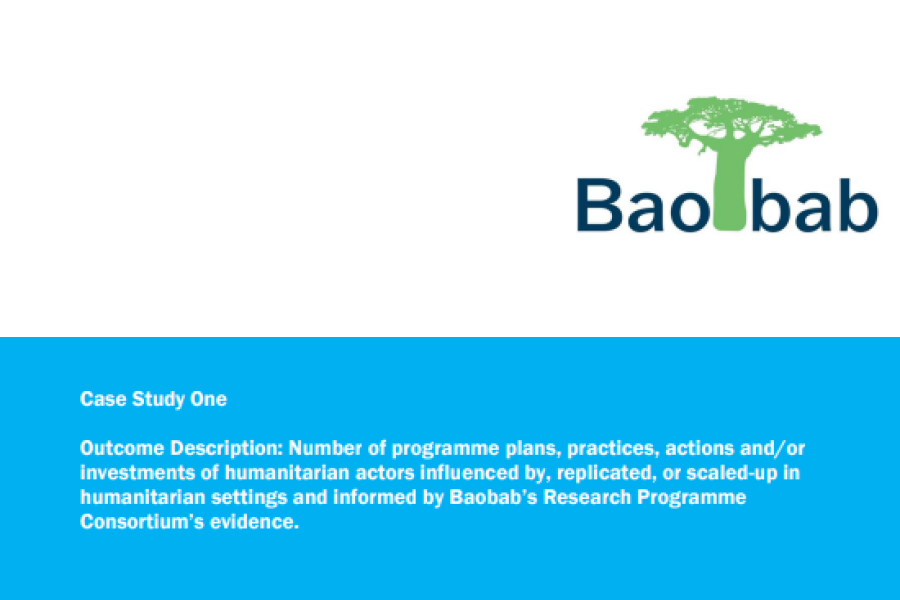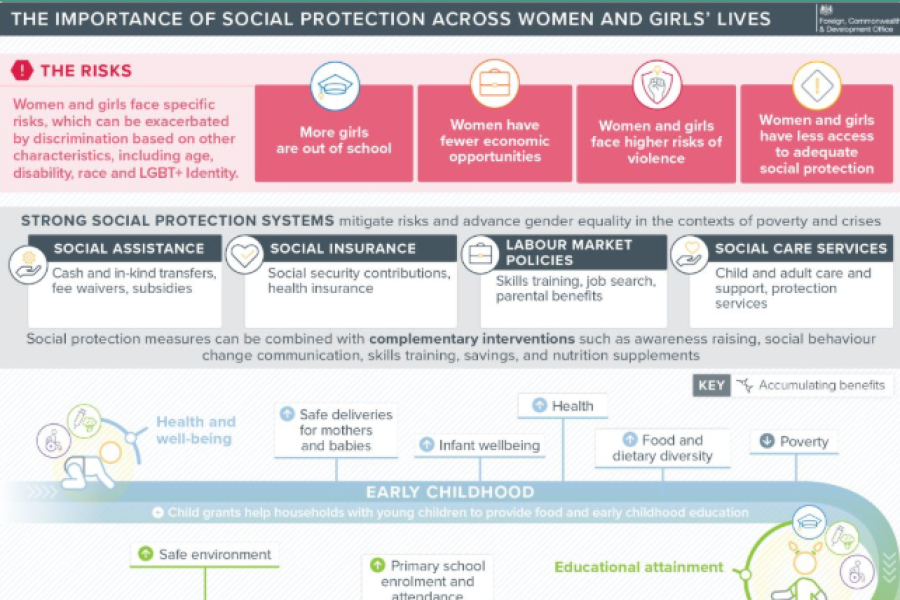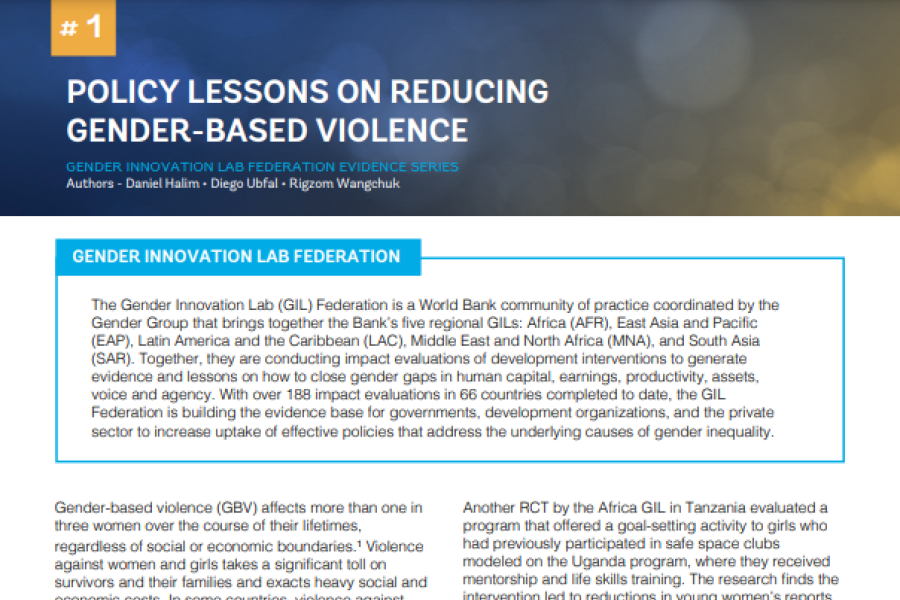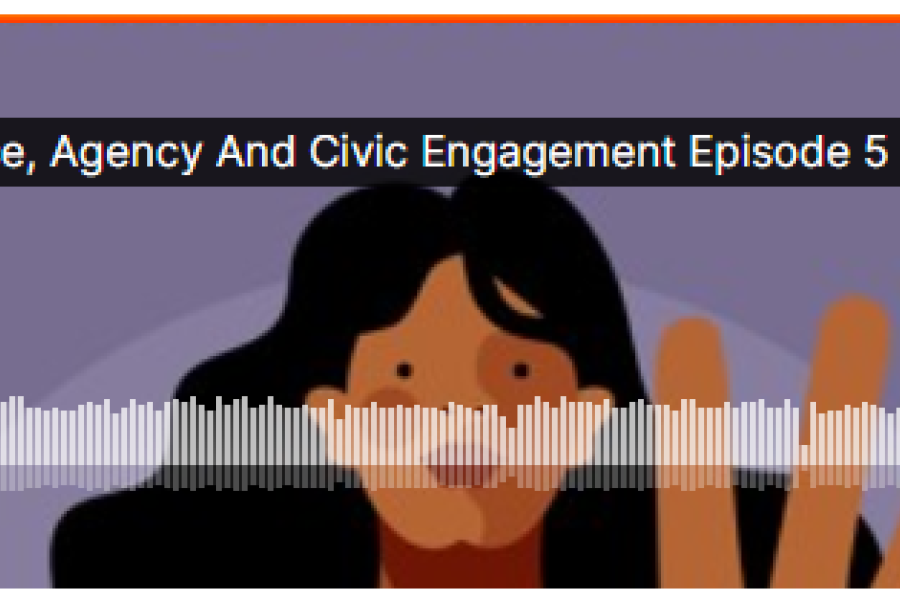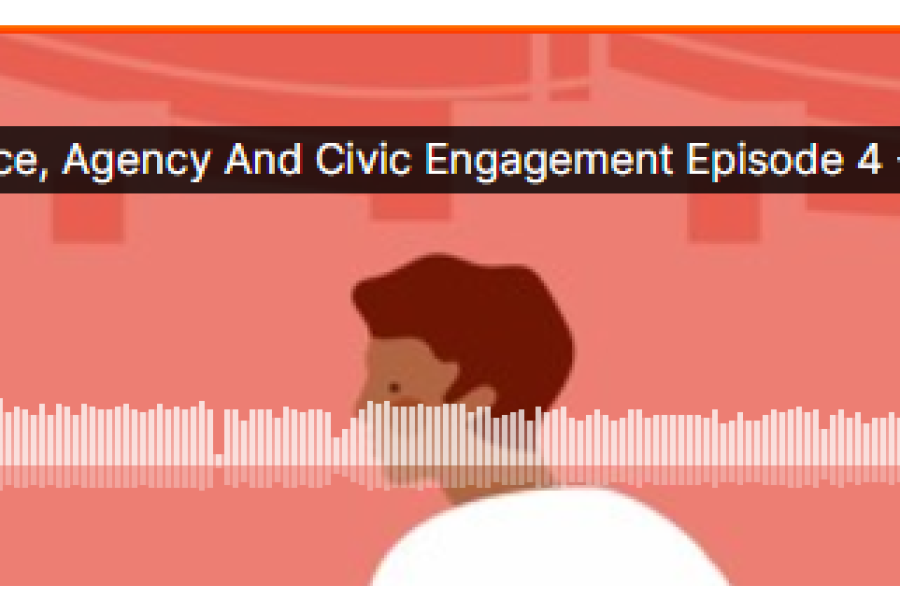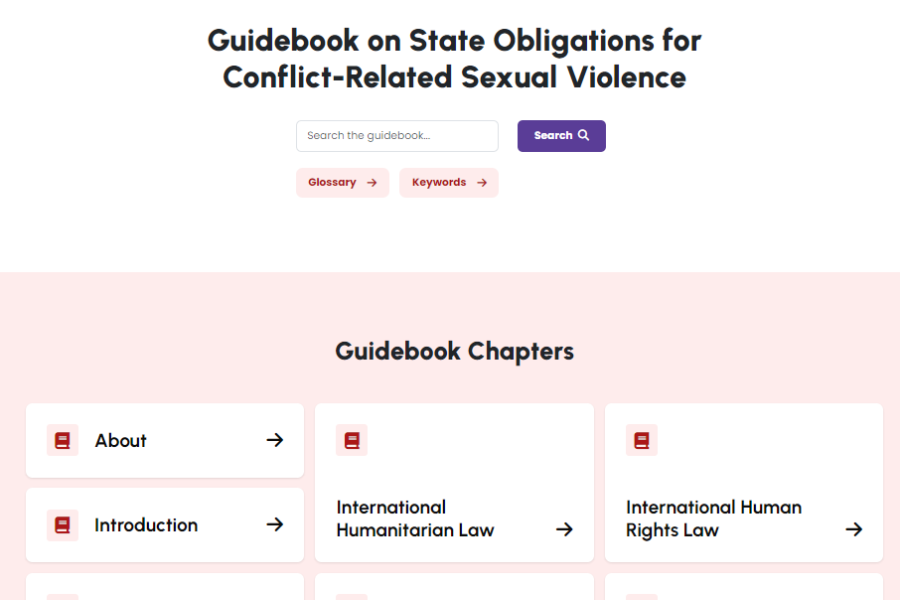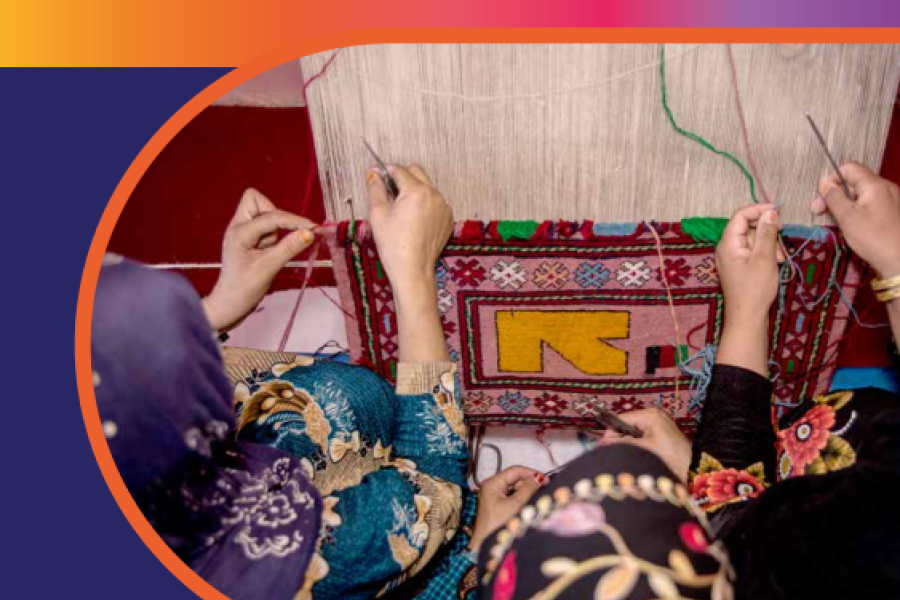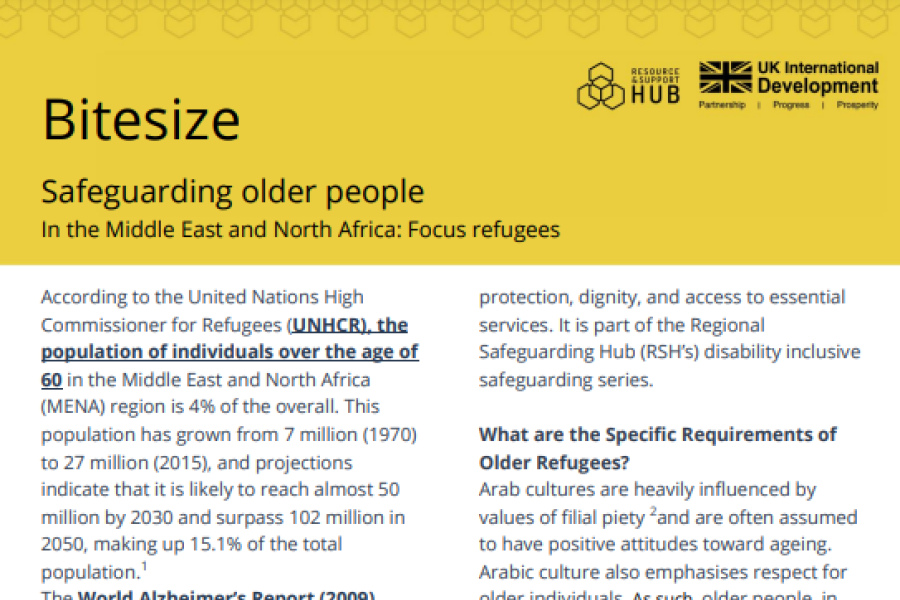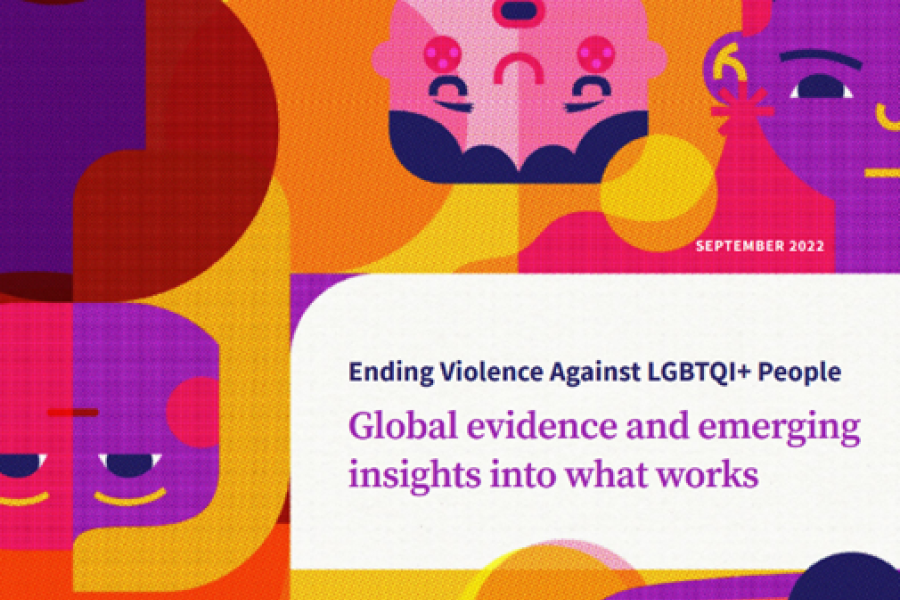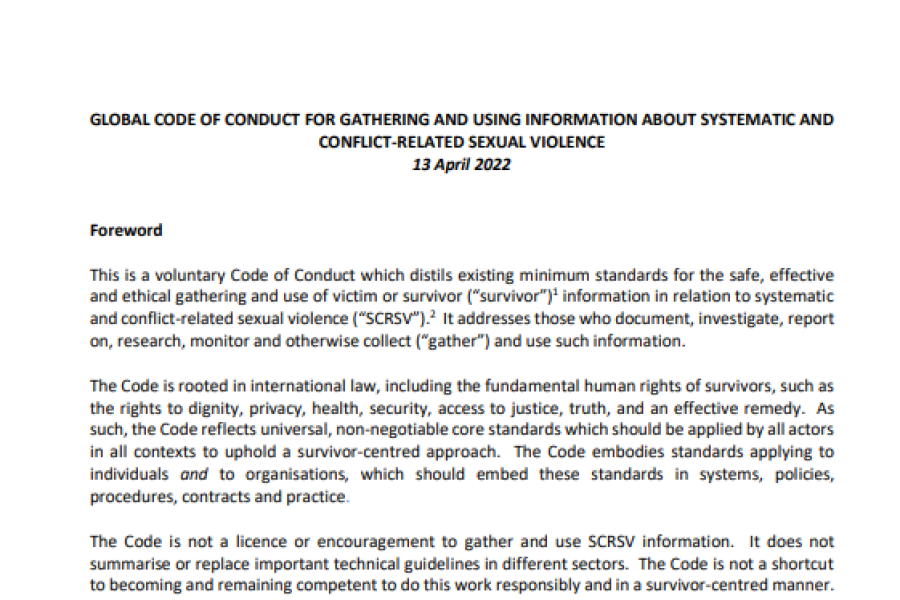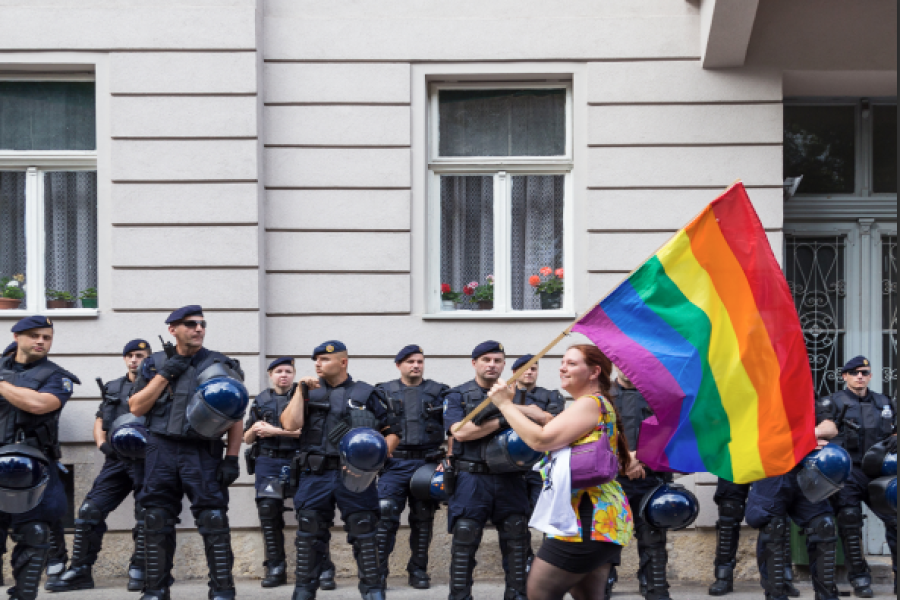Resource library: Ending violence

Welcome to our comprehensive resource collection dedicated to addressing various types of violence affecting diverse populations.
We understand that the content of these resources can be distressing for some users. We recommend starting with the resource summaries before delving into the full content. Please visit our “How to use this website safely” page for additional guidance on navigating sensitive content.
Here, you'll find resources relating to different types of violence affecting diverse populations. This page provides practical tools on preventing, responding to, and mitigating against different forms of violence, including gender-based violence (GBV), conflict-related sexual violence, female genital mutilation (FGM), digital or online violence, and child marriage.
Violence manifests where power imbalances and inequality exist, impacting individuals across different identities, backgrounds, and geographical locations. It can affect people with different identities, from different walks of life, and across different geographies, including women and girls, people with disabilities, LGBT+ people, Black people and people of colour, Indigenous groups, religious and ethnic minorities, adolescents, older people, and refugees and internally displaced people. People have multiple layers to their identity and experience multiple forms of discrimination, which can increase their risk of violence. For example, women and girls with disabilities can experience discrimination based on their gender and their disability.
Violence occurs everywhere in private and public settings, from domestic violence to violence against a group or community, sometimes due to tradition, religion, or culture, like child marriage, honour killings, and FGM. It can be physical, sexual, psychological and economic, and can take place online and through digital technologies.
Our goal is to give people and groups the knowledge and tools to fight violence and make communities safer and more inclusive for everyone. Use these resources to help make a positive difference and support those affected by violence.
